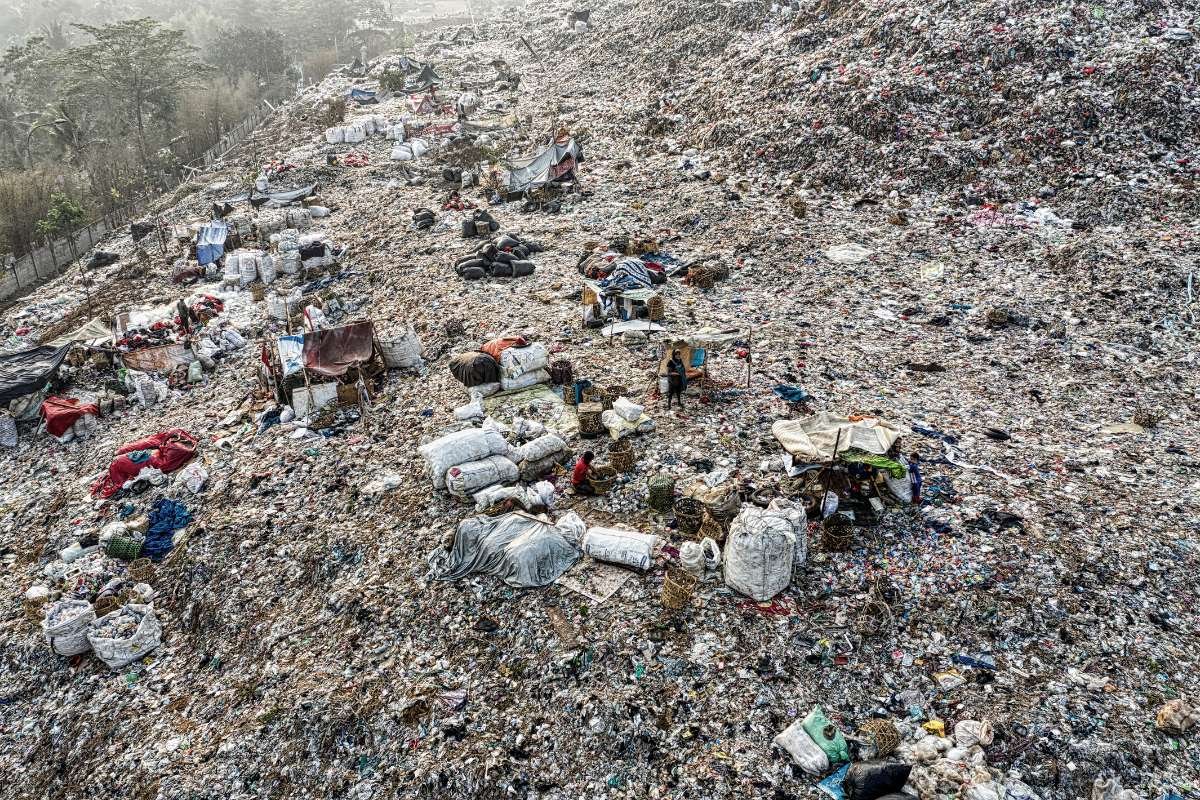Whether you’re a traveler taking a long-distance trip or the owner of a large company, carbon offsets are a great way to make a contribution to environmental protection. In fact, you’re making up for environmental damage by putting money into ecological initiatives. The article discusses carbon offset principles and the most effective ways of their implementation.
Carbon Offsets Explained

Essentially, carbon offsets are credits that people who engage in activities that involve carbon emissions purchase. The money obtained is further transferred to environmental initiatives. Thanks to this, manufacturers minimize the damage caused by their production and become carbon-neutral. On average, one credit offsets one metric ton of carbon dioxide.
The main advantage of getting carbon offsets is mitigating carbon footprints (entirely or partially). This term means greenhouse gases that are generated during production. The most common are methane and carbon dioxide (CO2). They can be emitted both directly during a company’s operation, for example, while shipping goods, and indirectly at various stages of the supply chain, for example, during the growing of raw materials.
Companies like the Environmental Protection Agency (EPA) offer simple calculators to help determine the amount of credits needed to offset carbon footprint.
How Do Carbon Offsets Work?
As said before, anyone can use carbon offsetting to make their production “green.” Here is a description of the process:
- Calculating emissions. First, governments or companies determine the amount of CO2 emitted from flights, manufacturing, or cloud usage.
- Purchasing credits. Then, they pay credit aggregators to remove an equivalent amount of CO2 from the atmosphere. A fee is calculated based on the volume of their emissions. The broker uses part of that money to fund solutions that cut carbon emissions, such as planting trees or implementing renewable energy solutions.
- Getting proof. The offsetting is confirmed by a special certificate. It proves that the owner has met the carbon offset criteria provided by an accredited institution.
Carbon offsets can be used not only by governments or companies but also by individuals. For instance, if someone takes a flight that emits carbon, they can balance out that pollution by purchasing credits. Today, the cost is around $3-5 per ton of CO2 emissions. It’s expected to increase soon as the green manufacturing trend becomes more widespread.
Types Of Carbon Offset Projects

Many different activities, usually called “projects,” can be qualified as carbon sequestration offsets. Here are some examples:
- Renewable energy. Utilizing natural sources to produce energy (solar, wind, and hydro) helps lower carbon footprints: they do not run out and do not produce emissions.
- Forestry projects. This group includes initiatives to improve forest management, optimize timber production, and introduce forest conservation practices, such as avoided conversion.
- Methane capture. After carbon dioxide, methane is the second most abundant GHG produced by people. Projects that help lower the footprint offer solutions to process it into less dangerous carbon dioxide or use it to make another form of energy.
- Energy efficiency. Introducing technologies that use energy more efficiently can effectively reduce carbon emissions. For instance, charcoal stoves can be replaced with liquefied gas options.
Governments, companies, and individuals can select projects depending on their internal development plan and the co-benefits these projects provide.
The Role Of Carbon Offsets In Dealing With Global Warming
Carbon offsets play a crucial role in combating climate change. Generally speaking, they can serve two primary purposes:
- Mitigation. CO2 offsetting allows you to finance solutions aimed at reducing GHG emissions. In this way, you can neutralize your footprint, whether you are involved in large-scale industrial production or simply use a car every day. This approach lowers the damage to nature caused by human activity and contributes to the global challenge of climate change.
- Engagement and awareness. Carbon offsets allow buyers to understand the scale of emissions from their activities. In turn, participation in environmental initiatives raises awareness and sets an example for other players in the industrial sector. Ultimately, this gets more people involved in ecological protection.
Moreover, carbon offset projects not only help reduce the carbon footprint but also contribute to positive economic and social changes in the region. This could be improving water and air quality, creating new jobs, preserving biodiversity, etc.
Carbon Offset Benefits And Criticisms

As we said before, carbon credits are effective tools that help reduce GHG emissions by investing in projects like renewable energy and reforestation. They give financial value to emissions reductions, encourage sustainable practices, and enhance global cooperation. Their indirect positive impact can include an improvement in the social and economic situation in the regions where green initiatives are being implemented.
However, there are criticisms about carbon offset additionality, their effectiveness, and the potential for misuse, such as “greenwashing.” One of the main arguments against this approach is the fact that companies can use credits to pay off regulators instead of actually improving their production. Thus, the root of the climate change problems remains the same. There are also some doubts about the transparency of assessing such projects’ effectiveness and the system for monitoring the quality of their implementation.
To address these concerns, it’s important to have a globally recognized management mechanism to monitor and regulate carbon credits effectively. Nowadays, companies can adhere to the Gold Standard or the Verified Carbon Standard (VCS).
Final Thoughts On Carbon Offsets
Carbon offsets, when used wisely alongside other climate actions, can play a big role in fighting climate change. They offer a quick way to cut global greenhouse gases, but it’s also important to tackle emissions directly. As people learn more about climate issues and technology improves, carbon offsets could become even more powerful in our fight against climate change.
Autor:
With over fifteen years of experience in commercial writing and journalism, Maksym is dedicated to fostering positive change in society, ecology and the environment. His passion lies in using compelling narratives to inspire action and drive sustainable impact, aiming to create a greener, more resilient world through the art of storytelling.


















